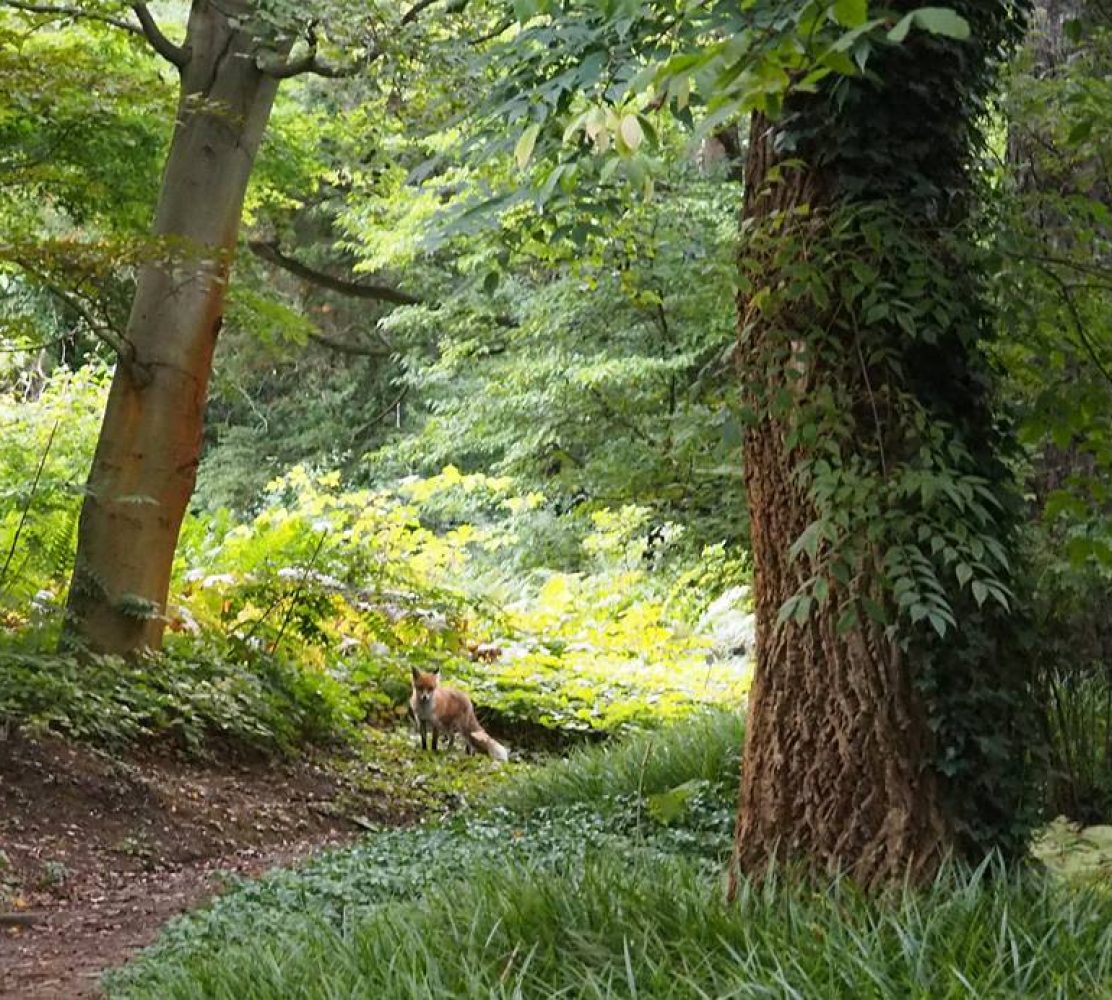
The good thing about traveling for work is that sometimes I end up visiting places I might never have heard about otherwise. Last week I had a meeting in Ulm, and since I had not heard much about it before I was surprised how interesting and beautiful it was.

While there are remains of settlements from as far back as 5000 BC, the first historical records of Ulm are from 854 AD. Ulm lies at the point where the rivers Blau and Iller meet the Danube (Donau). After the Napoleonic wars, Ulm was divided into the twin-cities of Ulm and Neu-Ulm on either side of the river Danube, with Ulm belong to Württemberg and Neu-Ulm belonging to Bavaria.

Ulm is probably most famous for two things: 1) Albert Einstein was born there, and 2) the Ulmer Münster (Ulm Minster), the tallest church in the world, with a height of 161.53m.


For some years, the Ulmer Münster was actually the tallest building in the world, and it is still the 4th tallest building built before the 20th century in the world. The foundation stone was laid in 1377 when the citizens of Ulm decide to finance and build the church, which was originally Catholic.

In a referendum of 1530/1531, the citizens converted to Protestantism. Many statues and paintings of the church were thus destroyed, and the church then became Lutheran.


Construction work on the Münster was paused in 1543 for various reasons, begun again in 1817, and finished in 1890. Now you can climb up all 768 steps to the top to get a nice view of Ulm, Neu-Ulm and the river Danube.




I had a great time wandering around Ulm and across the river to Neu-Ulm. Although 80% of the medieval centre was destroyed by bombing during World War 2, there are still some beautiful buildings around, and some of the damaged buildings such as the town hall were restored. The old Fischerviertel (Fisherman’s quarter) is like something out of a fairytale, with half-timbered houses, window-boxes full of flowers, footbridges over the river Blau, cobblestone streets and a working water wheel. You would half expect the characters from Shrek to appear around the corner at any moment.





The old city walls are also still apparent and are impressively high. There are many lovely paths to wander up and over the walls and along the river, surrounded by trees and flowers. Within about 10 minutes of climbing the hill I spotted both a red squirrel and a robin. There’s also a cycle path next to the river which looks like it would be a very scenic ride.





If you walk through the green area near the river and cross the bridge, you end up in Neu-Ulm. Wandering around I found a walk along some of the Federal Fortifications, built from 1842 to 1859 to protect against attacks by France. The fortifications also passed through Glacis Park, which was almost deserted in the middle of a weekday, apart from a few people walking their dogs. I came across another fairytale scene here: a giant gold ball in a pond full of lilypads, which looked like it had come directly out of a book I had as a child called “The Princess and the frog”.






The next afternoon, back in Ulm, I visited the Marktplatz (market square), where you can find the extraordinarily beautiful Rathaus (Town Hall), which is covered in painted murals, dating from the mid-16th century. The Rathaus also features an astronomical clock dating from 1520. Next to the Rathaus is a new building, the glass pyramid-topped library. I quite liked the mix of old and new here, and the building really looks like a pyramid from many angles.






Another old building in the area is the leaning Metzgeturm (Butcher’s tower), which dates from the 14th century. Legend has it that it is called the Butcher’s tower because of some butchers who used sawdust in their sausages and were locked up inside by their angry customers.

There were many other places that I didn’t get to visit in Ulm during my short stay there, including Wiblingen Abbey, Fort Oberer Kuhberg, the Botanical gardens and Ulm museum, so I’ll have to go back. You can read more about places to visit here and here.


thank you for sharing
nice is moments. i like your picture
Thanks!